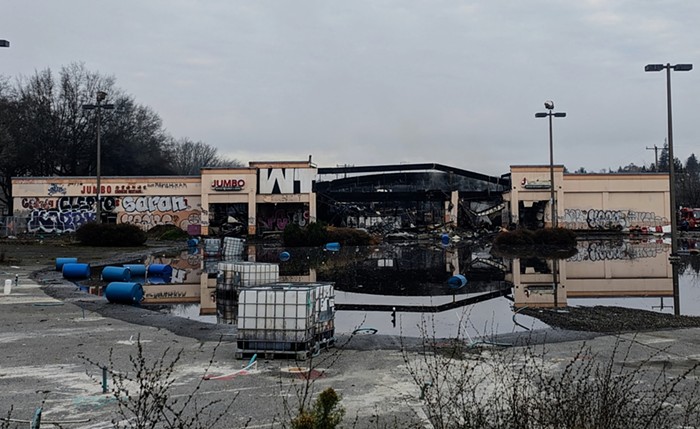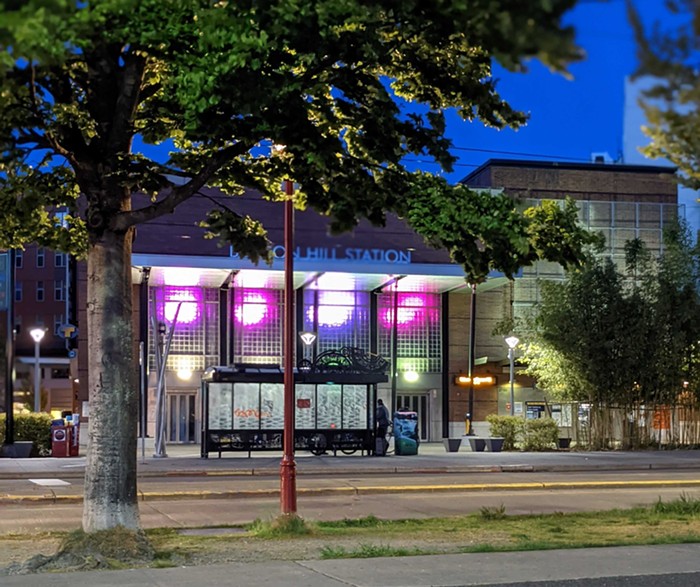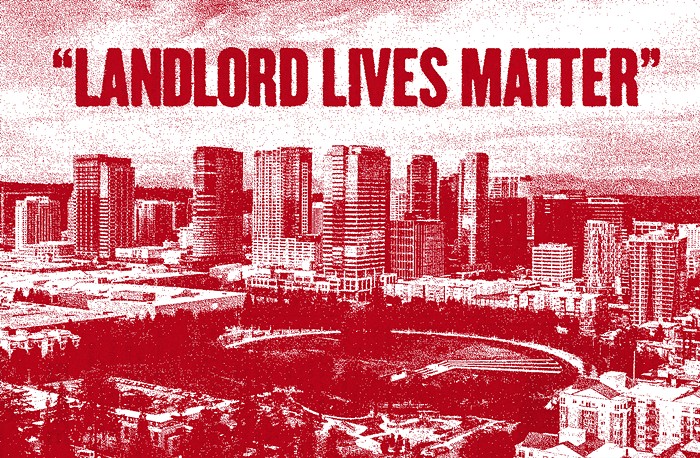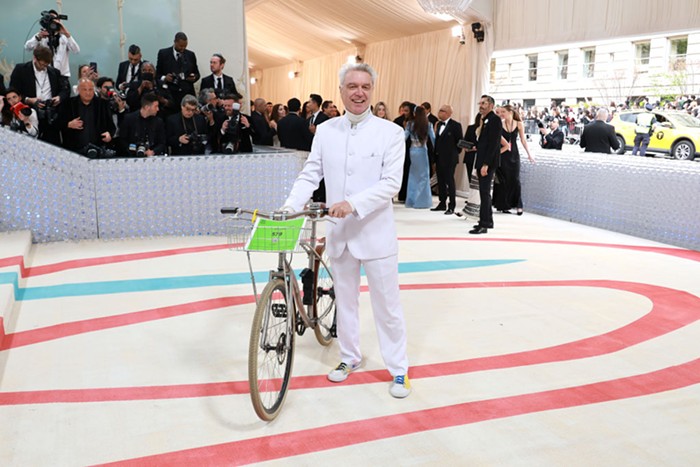
Last week, Seattle City Council members railed against State Sen. Reuven Carlyle's $1 million proposal to clear the homeless encampment under I-5 known as "the Jungle" and build a fence around the area. Council Member Lorena González compared the idea to proposals to build a fence along the southern border.
The next morning, Carlyle shot back in a lengthy blog post. He downplayed his own fence idea—8,000 feet long, six feet high, topped with razor wire—and called comparisons to a border fence "deeply offensive and below our city’s civic dialogue."
Today, González doubled down on her comparison.
In a guest editorial in the Seattle Times, González makes two points about the similarities. First, the physical limitations of a fence:
First, fences can be cut, dug under and breached. Daily we see stories of human and drug trafficking along the U.S. border—and that is a fence line patrolled constantly, at a cost of tens of millions to taxpayers.
Then, a fence's inability to actually make life safer for the people living in or nearby the Jungle:
Second, if people—through habit, addiction or necessity—believe The Jungle to be their haven, human-services experts believe they would return to the area, possibly with even worse safety outcomes. This is also true of the U.S. border fence, where the barrier creates an artificial magnet for crime and tragedy, not a deterrent.
The piece today comes about a week after the Times editorial board endorsed the fence idea. Mayor Ed Murray and Council Member Tim Burgess supports it too. UPDATE: A spokesperson for Mayor Ed Murray says that while the mayor supports the senate's plan to spend money on the area, he hasn't explicitly endorsed Carlyle's specific fence idea because it's the state's responsibility to decide how to secure the area. (That said, the mayor hasn't denounced it either. In an interview with The Stranger when the plan was introduced, Murray defended the need to close the Jungle and said the $1 million was a "step in the right direction." He refused to take a position on the fence to the Seattle Times.)
González writes that "now is the time to address the Jungle," but if it's going to be addressed in any meaningful way, it's not going to be with a fence. Making a comparison to the southern border, she argues, helps demonstrate the stakes.
To draw this connection is not an attempt to draw local leaders into a debate over failed immigration policy, but a reminder of the unintended human consequences of these policies. Just like the problems in The Jungle are decades old, so too are the failures of our immigration policy. These are inherited crises that require new ideas and new leadership to make real progress.
(All emphasis mine.)

















